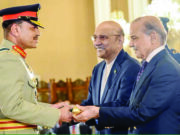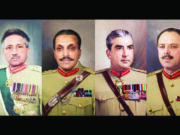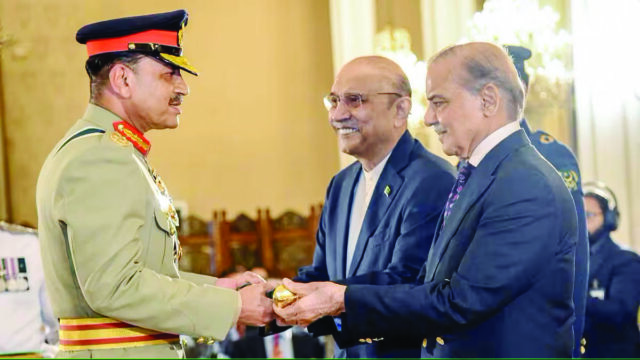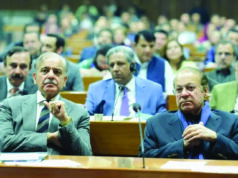The Pakistan government is planning to introduce the 27th Constitutional Amendment in the Parliament soon. The controversial bill proposes to amend Article 243 of the Pakistani Constitution, pertaining to control of the armed forces. Critics argue the legislation would consolidate power with Field Marshal Asim Munir. What does this mean for democracy?
Pakistan is on the verge of making significant changes to its Constitution, which would leave greater power in the hands of Army Chief Field Marshal Asim Munir. The federal government is planning to present the 27th Constitutional Amendment in the Parliament in the coming days.
Pakistan Prime Minister Shehbaz Sharif held a meeting with ruling allies on Thursday (November 6) to reach a consensus on the controversial legislation. The bill is reported to be tabled in the Senate soon.
What’s in Pakistan’s 27th Constitutional Amendment?
The Pakistan government is vying to amend the Constitution to bring changes to the judiciary, armed forces and distribution of resources between the federal and
provincial governments.
Source: firstpost.com/explainers
How the rule of each of Pakistan’s military rulers (generals) came to an end ?
Marshal Ayub Khan (President 1958–1969)
Rise:
Seized power in October 1958 by staging Pakistan’s first
military coup.
Imposed martial law and became President.
Promoted himself to Field Marshal.
End of Rule:
Faced massive public protests and political opposition in 1968–69, especially after economic inequality and political suppression grew.
The 1965 war with India weakened his standing.
Resigned on March 25, 1969, and handed over power to General Yahya Khan. Aftermath:
Retired from politics.
Lived quietly in Abbottabad.
Died in 1974 of natural causes.
2. General Agha Muhammad Yahya Khan (President 1969–1971)
Rise:
Took power from Ayub Khan in March 1969 as Chief Martial Law Administrator.
Promised elections — held Pakistan’s first general elections in 1970.
End of Rule:
Oversaw the 1971 civil war and breakup of Pakistan, leading to the creation of Bangladesh.
After Pakistan’s defeat in the 1971 war, he lost all credibility.
Forced to resign on December 20, 1971, and handed over power to Zulfikar Ali Bhutto.
Aftermath:
Placed under house arrest by Bhutto’s government.
Lived a reclusive life until his death in 1980.
3. General Muhammad Zia-ul-Haq (President 1978–1988)
Rise:
Came to power after a coup on July 5, 1977, overthrowing Prime Minister Zulfikar Ali Bhutto.
Imposed martial law and later became President.
Ruled for 11 years, emphasizing Islamization and aligning with the U.S. during the Afghan War.
End of Rule:
Died suddenly in a plane crash on August 17, 1988, near Bahawalpur.
The crash also killed U.S. Ambassador Arnold Raphel and several top military officials.
Cause of crash remains mysterious widely suspected sabotage.
Aftermath:
His death ended a long period of military rule and led to the restoration of civilian democracy under Benazir Bhutto.
4. General Pervez Musharraf (President 1999–2008)
Rise:
Seized power in a coup on October 12, 1999, overthrowing Prime Minister Nawaz Sharif.
Later became President in 2001 after the military takeover was legalized by the courts.
End of Rule:
Faced growing political opposition, judicial crisis, and terrorism after 2007.
After elections in 2008, his allies lost power.
Resigned on August 18, 2008, to avoid impeachment by Parliament.
Aftermath:
Went into self-exile in London and Dubai.
Returned briefly to Pakistan in 2013 to contest elections but was barred and faced multiple court cases (including treason).
Sentenced to death in absentia in 2019 (later overturned).
Died in exile in Dubai on February 5, 2023, after a long illness.
Source: AI






























